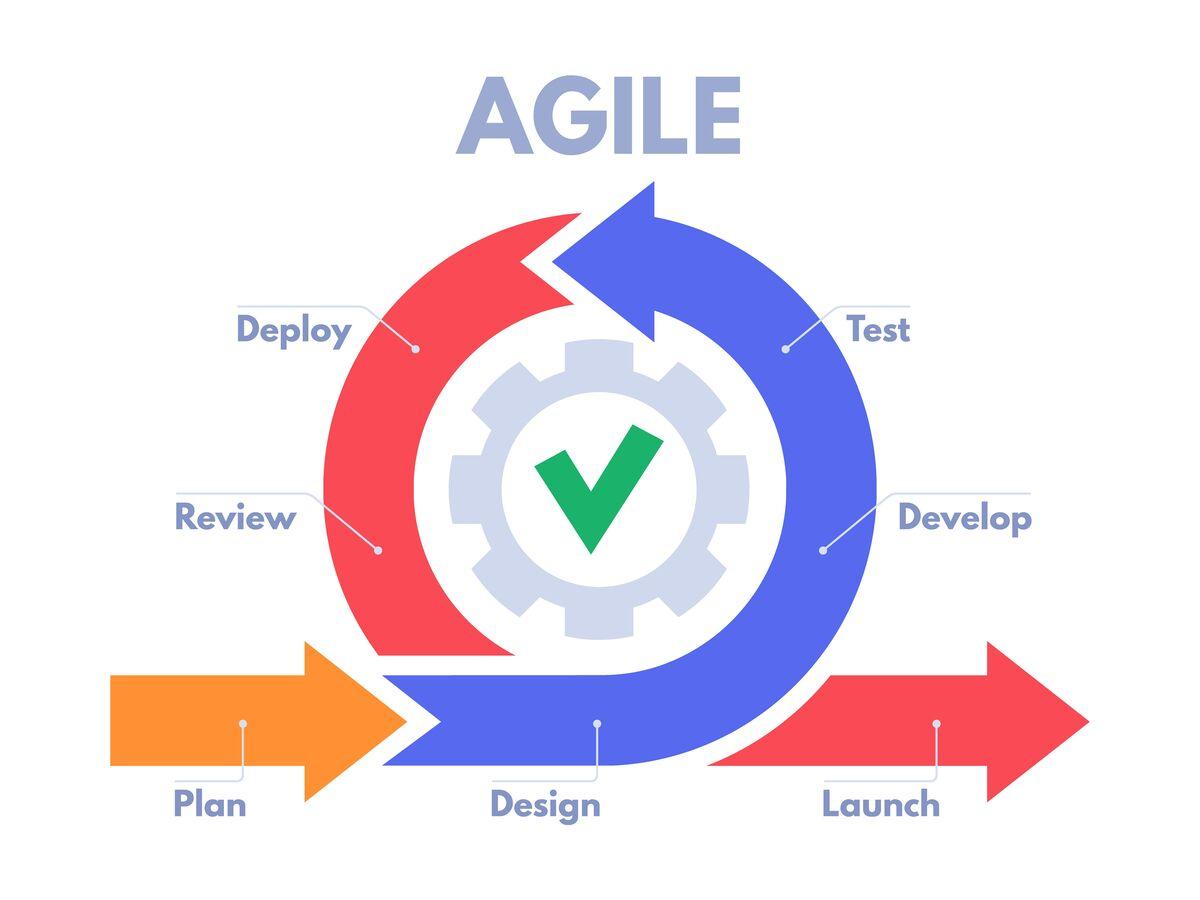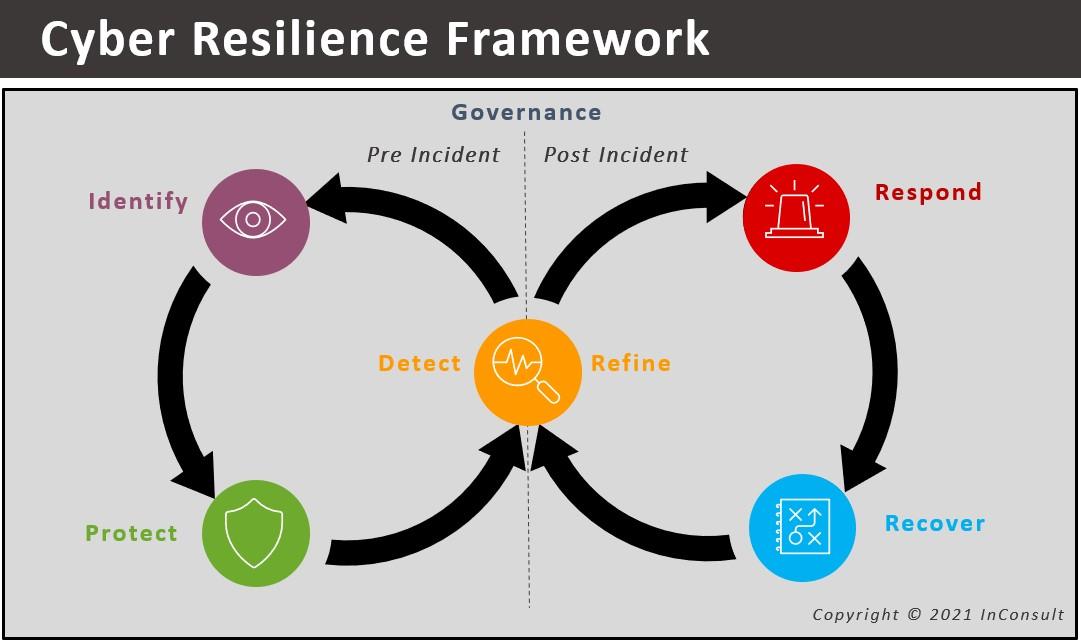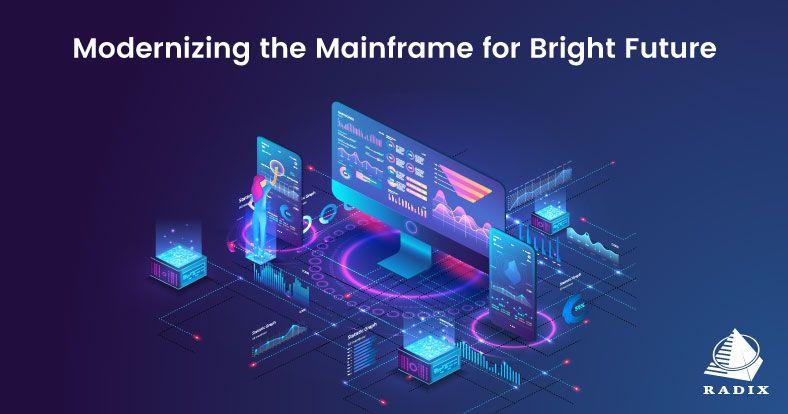In an era where technological advancements dictate the pace of financial evolution, the traditional pillars of banking—mainframe systems and core banking solutions—find themselves at a critical crossroads. As digital transformation reshapes customer expectations and introduces new competition, financial institutions face the pressing need to modernize their legacy systems. This article delves into the essential strategies for revitalizing mainframe environments and enhancing core banking functionalities, unlocking new efficiencies while ensuring robust security and compliance. Join us as we unravel key insights and innovative approaches that can help banks not only navigate this complex landscape but also thrive in it, paving the way for a more agile and customer-centric future.
Embracing Cloud Technology for Enhanced Scalability and Flexibility
In the current landscape, leveraging cloud technology has become a crucial strategy for organizations seeking to modernize their mainframe and core banking systems. By migrating to the cloud, businesses can benefit from increased capacity to scale operations seamlessly as demand fluctuates. This flexibility not only allows for efficient resource allocation but also enables rapid deployment of new services and features that can adapt to market changes. Key benefits include:
- Cost Efficiency: Reduces the need for extensive on-premises infrastructure.
- Enhanced Collaboration: Facilitates seamless communication and integration among teams across different locations.
- Improved Disaster Recovery: Offers robust backup solutions and rapid recovery options.
Moreover, the cloud provides organizations with the flexibility to innovate and experiment without the constraints traditionally associated with legacy systems. With the integration of cloud-based solutions, banks can harness advanced technologies such as artificial intelligence and data analytics, fostering a more agile business environment. This adaptability not only supports evolving consumer expectations but also drives operational resilience. Consider the following aspects of cloud adoption:
| Aspect | Description |
|---|---|
| Scalability | Ability to adjust resources dynamically based on demand. |
| Interoperability | Compatibility with various systems and platforms. |
| Security | Advanced security features to protect sensitive data. |

Integrating Artificial Intelligence to Optimize Operations and Customer Experience
In today’s rapidly evolving digital landscape, leveraging artificial intelligence (AI) presents an unprecedented opportunity to enhance both operational efficiency and customer satisfaction within the banking sector. By incorporating AI-driven analytics, organizations can streamline processing times, minimize human error, and optimize resource allocation. This not only accelerates back-office operations but also empowers frontline staff to focus on delivering personalized service rather than getting bogged down with routine tasks. Key implementations include:
- Predictive Analytics: Utilizing AI to forecast trends and customer needs, enabling proactive service delivery.
- Chatbots and Virtual Assistants: Enhancing customer interactions with instant support and tailored recommendations.
- Fraud Detection Systems: Employing machine learning algorithms to identify suspicious transactions in real-time, thereby increasing security.
Moreover, AI tools can analyze vast amounts of customer data, providing insights that drive strategic decision-making. This capability transforms customer feedback into actionable strategies, allowing banks to develop products and services that truly resonate with their clientele. To illustrate these points, consider the table below showcasing the typical improvements seen post-AI integration:
| Operational Area | Traditional Approach | Result with AI Integration |
|---|---|---|
| Customer Support | Long wait times | Instant responses |
| Data Analysis | Manual assessments | Automated insights |
| Fraud Prevention | Post-incident reviews | Real-time alerts |

Implementing Agile Methodologies for Continuous Improvement and Innovation
To successfully modernize mainframe and core banking systems, organizations must adopt agile methodologies that promote continuous improvement and foster innovation. By embracing iterative development, teams can swiftly adapt to changing market demands and streamline project delivery. This approach encourages cross-functional collaboration, enabling various stakeholders—ranging from developers to business analysts—to work together seamlessly. Key benefits of implementing these practices include:
- Faster Time-to-Market: Rolling out incremental updates allows for quicker deployment of new features.
- Enhanced Flexibility: Agile practices facilitate rapid adjustments based on user feedback and performance metrics.
- Improved Quality: Regular testing and review cycles ensure a higher standard of deliverables.
Moreover, integrating agile methodologies into legacy systems requires a culture shift towards embracing experimentation and learning. Organizations must invest in training for their teams, ensuring they are equipped with the tools and practices necessary for agile success. Establishing a clear feedback loop through retrospectives and stakeholder reviews will enhance the development process and empower employees to voice their ideas. A structured approach to measure progress can be beneficial, illustrated in the table below:
| Key Metric | Before Agile | After Agile |
|---|---|---|
| Time to Deploy | 6 months | 2 weeks |
| Bug Fix Rate | 60% | 90% |
| User Satisfaction | 70% | 85% |

Ensuring Cybersecurity Resilience in a Rapidly Evolving Digital Landscape
In the face of an ever-changing digital landscape, organizations must develop robust strategies to fortify their cybersecurity frameworks against emerging threats. This involves a proactive approach that includes adopting the latest technologies and practices aimed at strengthening defenses. Key strategies that can ensure resilience include:
- Regular Risk Assessments: Continuously evaluate vulnerabilities and potential threats to identify weak points in the security infrastructure.
- Multi-Factor Authentication: Implement stronger access controls by requiring multiple forms of verification for users accessing sensitive data.
- Data Encryption: Safeguard critical information through advanced encryption methods to protect data both in transit and at rest.
- Incident Response Plans: Develop and routinely test incident response strategies to minimize damage in the event of a breach.
In addition to these strategies, technology modernization is vital to enhancing an organization’s security posture. Investing in next-gen firewalls, intrusion detection systems, and artificial intelligence can greatly improve threat detection and reaction times. The integration of security into every part of the IT infrastructure ensures a more cohesive approach to protecting assets. Organizations should also consider establishing a centralized security operations centre (SOC), where security teams can monitor, detect, and respond to incidents effectively. By prioritizing these measures, businesses can navigate the complexities of today’s cyber threats while maintaining the integrity of their mainframe and core banking systems.
Final Thoughts
As we conclude our exploration of modernizing mainframe and core banking systems, it becomes evident that the journey toward a more agile, efficient, and customer-centric banking landscape is not merely a challenge—it’s an opportunity. The strategies we’ve unveiled serve as a roadmap for financial institutions ready to embrace innovation while honoring their legacy.
In an era where technology evolves at lightning speed, the importance of a robust modernization plan cannot be overstated. From adopting cloud solutions to leveraging advanced analytics, each strategy outlined not only addresses current operational hurdles but also primes institutions for future advancements. As banks embark on this transformative journey, collaboration, adaptability, and foresight will be their guiding stars.
Ultimately, modernizing mainframes and core banking systems is not just about integrating new technologies; it’s about redefining how banks interact with their customers and stakeholders. By investing in the right strategies today, financial institutions can pave the way for a more resilient and dynamic tomorrow. The future of banking is just around the corner—are you ready to take the first step?
